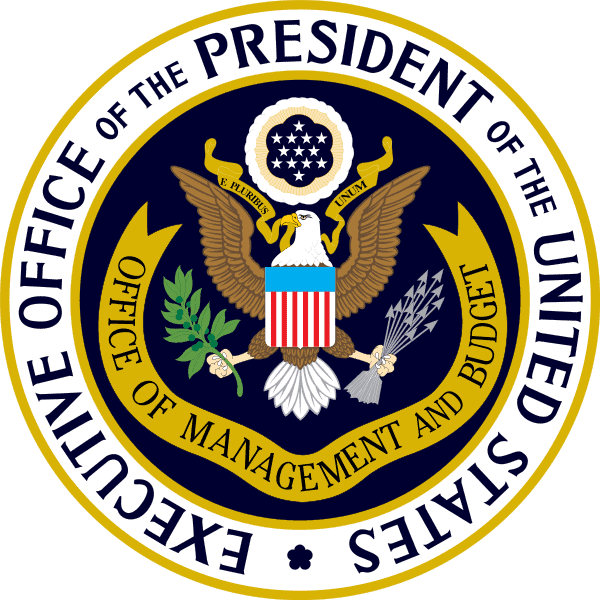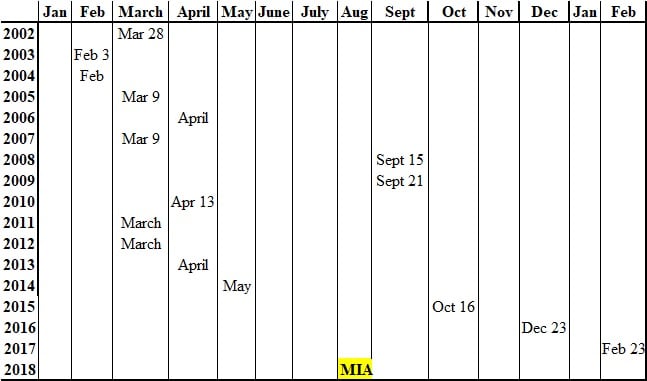Federal Regulatory Cost Disclosure Reports Latest Ever

 Why does it need to be such a headache to get timely reports on the costs and benefits of federal regulation?
Why does it need to be such a headache to get timely reports on the costs and benefits of federal regulation?
Government spends and it regulates. The federal budget reliably tells you what it (over)spends, but official reporting on costs and benefits of regulations is deteriorating.
I’ve touted the slowdown in new regulatory production in the Trump administration. He’s done about as much as a president could do on his own, without Congress and within the rule of law.
But there’s been something of a collapse in disclosure in recent years.
The annual (well, it used to be, as we’ll see) “Report to Congress on the Benefits and Costs of Federal Regulations and Agency Compliance with the Unfunded Mandates Reform Act” is where the federal government is supposed to (but does not) estimate the aggregate cost of regulation, and tell us what it reckons to be the “net benefits” of recent rules and regulations.
Both the draft and final versions of this report are now consistently overdue. Will the Trump administration’s 2018 draft report wind up being the latest ever?
Let me explain why I ask this.
The Trump administration Office of Management and Budget (OMB) on February 23 released the 2017 draft edition of the Report to Congress. This was the latest ever.
But the 2017 draft report covers fiscal year 2016, from October 1, 2015 to September 30, 2016. The rules in play then were Obama rules. (Vox proclaimed that the report was one “vindicating Obama regulations, and that it “demolishes the GOP’s deregulatory claims.” We covered the inaccuracy of that conclusion before.)
Worse, we still do not even have a final 2016 report covering fiscal year 2015, let alone a final 2017 report.
This is 2018, and it will be September in a few days. So where is the draft 2018 Report to Congress?
Of course, there have been fewer new rules being prepared and issued under the Trump administration, and a greater portion intended to be deregulatory. Today the Federal Register reached 42,204 pages containing 2,096 final rules for 2018. By contrast, in 2016 under president Obama the corresponding tallies were 56,470 pages and 2,328 rules on August 20.
Thanks…but c’mon! Let’s have the reports.
Final Cost/Benefit Reports
Below is a table presenting date of appearance of final editions of the OMB Report to Congress on regulatory costs and benefits since 2000. The takeaway is that there are no final 2017 and 2016 reports at all by August 2018. In contrast, final reports used to appear within the calendar year indicated on their cover, or in the first half of the year after, at worst.
2017 MIA
2016 MIA
2015 (March 10, 2016)
2014 (June 15, 2015)
2013 (May 2014)
2012 (April 2013)
2011 (June 2011)
2010 (July 2010)
2009 (January 27, 2010)
2008 (January 2009)
2007 (June 2008)
2006 (January 2007)
2005 (December 2005)
2004 (December 2004)
2003 (September 2003)
2002 (December 2002)
2001 (December 2001)
2000 (June 2000)
The final 2015 report issued in March 2016 covered rules from October 1, 2013 to September 30, 2014. The second takeaway is that the rules about which we have final official cost-benefit tallies are from nearly four years ago.
Draft Cost/Benefit Reports
As indicated, the 2017 draft was the latest ever. The 2016 draft, appearing on December 23, held the prior record.
As yet there is no 2018 draft report (which would contain rules through Sept 30, 2017). We still have a long way to go before it sets the record, but the failure to issue the prior fiscal years’ final reports does not inspire confidence.
The chart below shows the month (and day of the month if available) during which the draft Report to Congress has appeared since 2002. The report has appeared most frequently in March (or, five months ago we should have had the 2018 draft), and usually by April at the latest. Is unheard of for the draft report to Congress on regulatory costs and net benefits to be as late as it has become, but there is still time to rectify things for 2018.

When no crisis is at hand, it is not too much to ask that the public and Congress should get more timely reports on regulatory priorities (the Unified Agenda regulatory planning document is also routinely late) and on the costs of rules most recently issued.
As the “MIA” chart immediately above makes clear, reports were always more timely before the Obama administration. It is important to have this information, even though it is incomplete (such as the omission of independent agency rules, and of guidance documents).
The lack of clarity on the full scope of regulatory costs and their effect on jobs has been a factor driving the call for regulatory liberalization in Congress and in the executive branch. Policymakers wouldn’t dream of doing away with the fiscal budget that tracks spending, yet a lack of transparency and accountability for regulatory costs is the norm.
As is plain, Congress does not get cost estimates on a reliable enough basis, nor on a thorough enough basis, for cost-benefit analysis to be the governing criterion. Congress needs to vote to activate agency rules.
The Trump administration has promised to reduce the flow of new rules and to roll back rules on the books, and it has done so. The next edition of the Report to Congress will capture at least some of this aspect of the Trump era and will surely tell an interesting tale (even that of how hard it is to roll things back). So it is a shame these reports have become so late making their appearance.
In the realm of administrative state bureaucracy, this circumstance is not any particular individual’s fault. But it is apparent that, over time, we cannot and will not get straight answers concerning regulatory intervention, further underscoring the administrative state’s inappropriateness for modern governance.